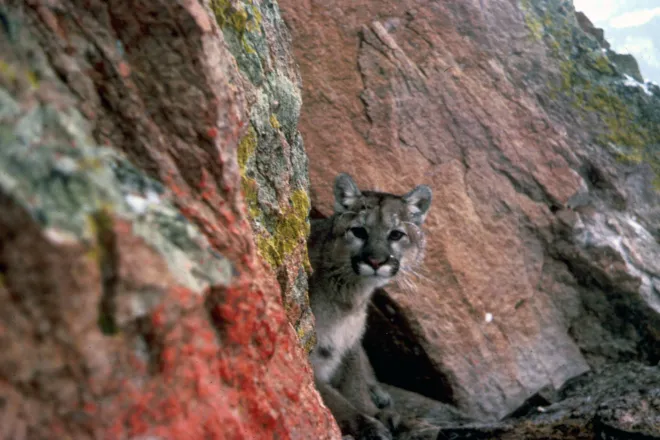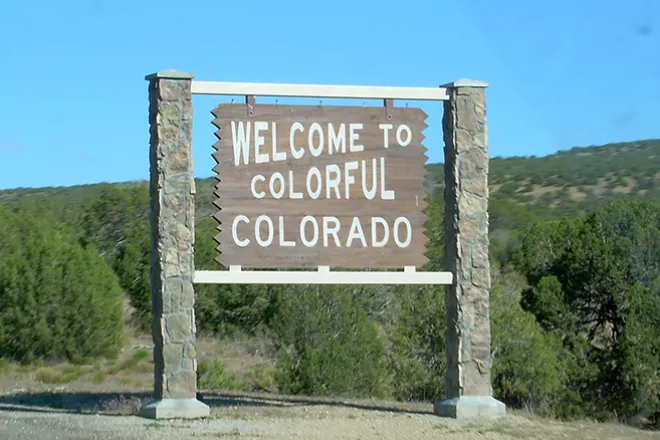
Heat was likely a factor in 5 human bird flu infections in Colorado
(Daily Montanan) Soaring temperatures made it difficult for farm workers to protect themselves from chickens recently infected by avian influenza in Colorado and likely contributed to five people contracting the virus, according to the U.S. Centers for Disease Control and Prevention.
State health officials discovered the infections last week — the largest cluster of human infections in the country since the bird flu outbreak began more than two years ago.
Human infections are of great concern to public health officials because they increase the likelihood that the virus could mutate to easily pass from person to person and spur a human pandemic. A total of 10 infections among people have been discovered since April 2022.

Wikimedia
But the virus found in the Colorado workers does not possess such a mutation, said Dr. Nirav Shah, principal deputy director for the CDC, in a Tuesday call with reporters. It’s believed they were each infected by egg-laying chickens as they sought to cull a flock of about 1.8 million in the northeast part of the state.
It is customary to kill entire flocks when they are infected by highly pathogenic avian influenza — which readily infects and kills poultry — to prevent its spread to other flocks.
The Colorado workers grabbed the chickens, placed them into containers that can hold dozens at a time, and asphyxiated them with carbon dioxide, said Dr. Julie Gauthier, executive director for field operations for the U.S. Department of Agriculture’s Animal and Plant Health Inspection Service.
The workers typically wear suits, goggles, gloves and boots, and they breathe through respirators that protect them from pathogens.
But the outdoor temperature at the time of the work was about 100 degrees, and the temperature inside the facility was likely hotter. Giant fans moved air to cool the inside, which circulated potentially virus-laden debris such as feathers.
“The difficulty with wearing all that gear in that kind of heat, you can imagine,” Gauthier said, “and it was made more difficult by those fans pushing the air — made it hard to keep those goggles and N95 respirators in place.”
The virus that infected the flock is similar to one that has infected dairy cattle in 13 states, Shah said. Colorado has had the most infected herds of any state, with at least 37. It’s possible that the virus was transported to the egg-laying flock from one of those herds, Shah said.
Highly pathogenic avian influenza has been spread by wild birds and has been sporadically devastating for U.S. poultry flocks since January 2022. About 99 million birds in infected flocks have been destroyed, according to CDC data.
Federal officials believe the virus passed from wild birds to Texas dairy cattle in December. Since then it has spread to herds in other states, likely due to the transportation of infected cattle. From there it is believed to have spread locally to other herds and poultry flocks via people and their equipment, including farm workers and veterinarians.
Colorado accounts for seven of the 10 known human infections in the United States that were the result of interactions with sick birds and cows. It had the first-ever infection of a poultry worker, in April 2022. Early this month, a Colorado dairy worker was also infected.
The workers who were recently infected had mild symptoms of pink eye and respiratory illness.
This story was written and produced by the Iowa Capital Dispatch which is part of States Newsroom, a nonprofit news network, including the Daily Montanan, supported by grants and a coalition of donors as a 501c(3) public charity.
Daily Montanan is part of States Newsroom, a nonprofit news network supported by grants and a coalition of donors as a 501c(3) public charity. Daily Montanan maintains editorial independence. Contact Editor Darrell Ehrlick for questions: info@dailymontanan.com. Follow Daily Montanan on Facebook and X.

















